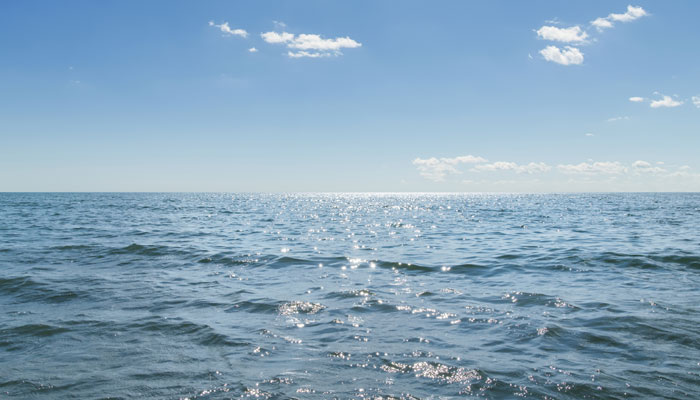
A Study Found Abrupt warming behind ocean ‘dead zones’?
There had been many studies and researches done earlier which got the information about the Ocean warming. A new study has found a link between abrupt ocean warming at the end of the last ice age may have caused the sudden onset of low oxygen or hypoxic conditions that led to vast marine dead zones in the North Pacific. “This work tackles a long-standing debate about what causes expansion of Oxygen Minimum Zones, also known as dead zones, in the oceans.”
Candace Major, program director in US National Science Foundation’s Division of Ocean Sciences says, “The results demonstrate a link between warming surface temperatures and dead zones at great depths.” Large-scale warming events at about 14,700, and again 11,500, years ago occurred rapidly and triggered loss of oxygen in the North Pacific, raising concern that low-oxygen areas will expand again as the oceans warm in the future.

An anomalous warmth that occurred recently in the Northeastern Pacific Ocean and the Bering Sea – dubbed “The Blob” – is of a scale similar to events documented in the geologic record, the researchers say. If such warming is sustained, oxygen loss becomes more likely. Although many scientists believe that a series of low-oxygen “dead zones” in the Pacific Ocean off Oregon and Washington during the last decade may be caused by ocean warming, evidence confirming that link has been sparse.
The study found a clear connection between two historic intervals of abrupt ocean warming that ended the last ice age with an increase in the flux of marine plankton sinking to the seafloor, ultimately leading to a sudden onset of low-oxygen conditions, or hypoxia. “During each warming event, the transition to hypoxia occurred abruptly and persisted for about 1,000 years, suggesting a feedback that sustained or amplified hypoxia,” said lead author Summer Praetorius of the Carnegie Institution for Science in the US.
Warmer water, by itself, is not sufficient to cause diatom blooms, nor hypoxia, the researchers noted. Just as warming soda loses its fizzy gas, warmer seawater contains less dissolved oxygen. But it isn’t until there is accelerated blooming of microscopic diatoms which have large shells and tend to sink more efficiently than other smaller types of plankton that deoxygenating is amplified.

Diatoms are known to thrive in warm, stratified water, but they also require sources of nutrients and iron, according to Alan Mix, a professor in Oregon State’s College of Earth, Ocean, and Atmospheric Sciences and co-author on the Nature study. However, it is not until accelerated blooming of microscopic diatoms which have large shells and tend to sink more rapidly than other smaller types of plankton that de-oxygenation is increased.
Diatoms are known to thrive in warm, stratified water, but they also require sources of nutrients and iron, according to Alan Mix of Oregon State University, a co-author of the study. Surface warming also reduces upward mixing of nutrients from the deep sea. “So there are some competing effects,” Mix said.